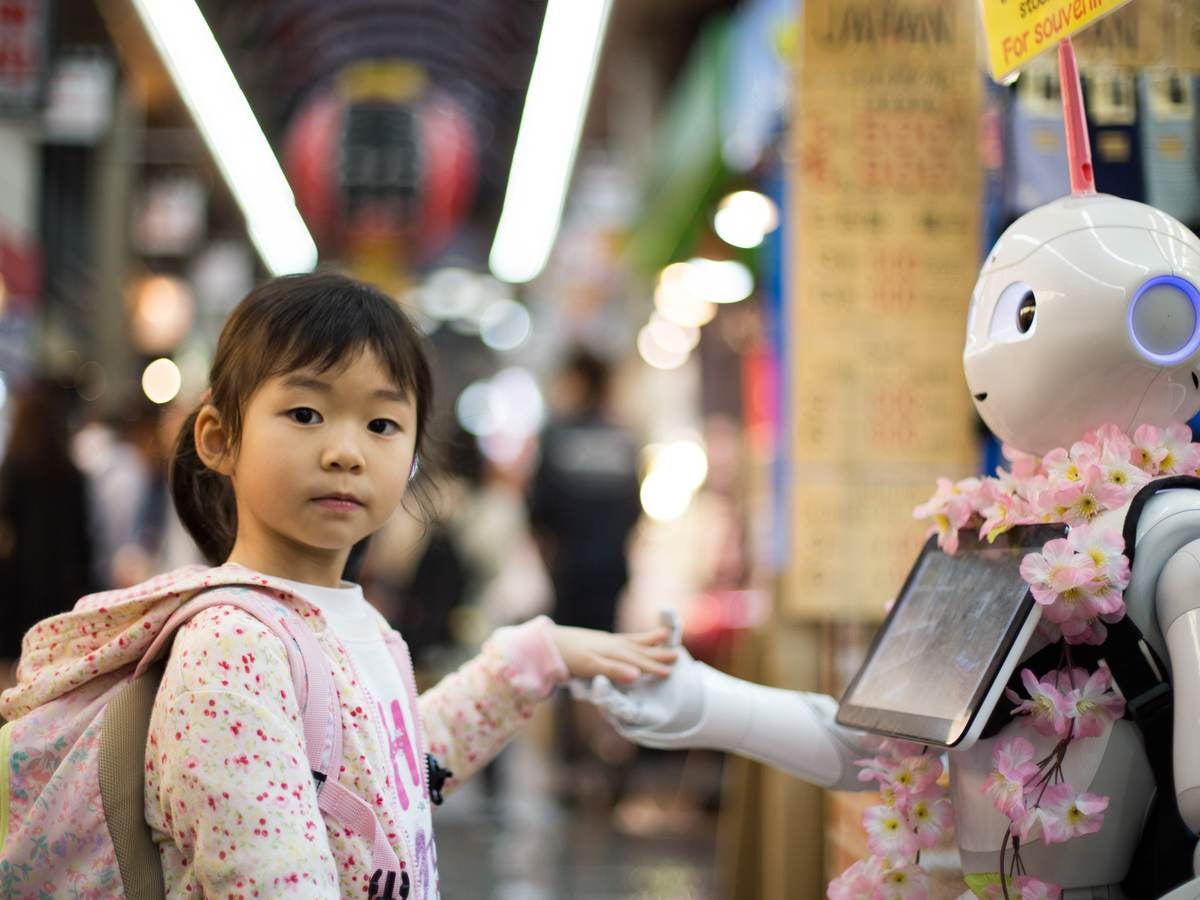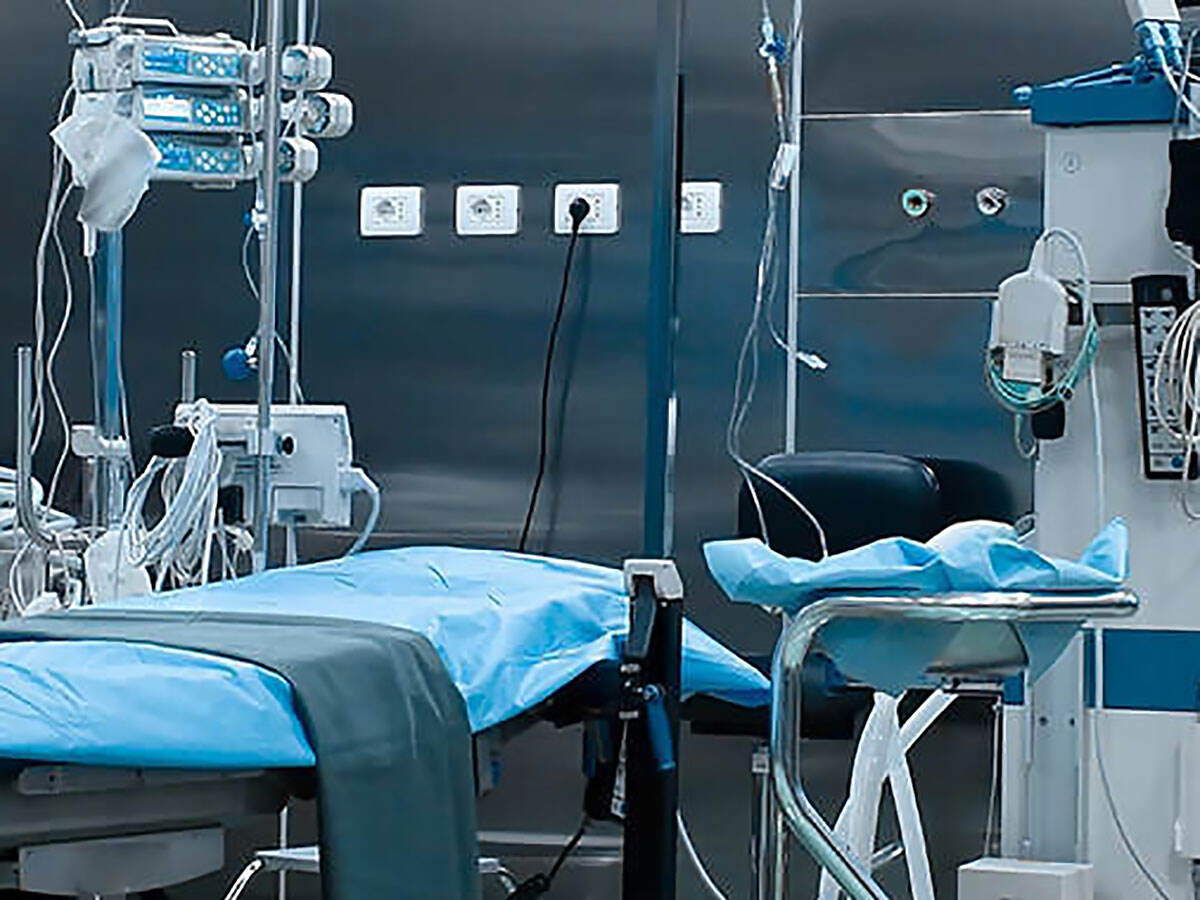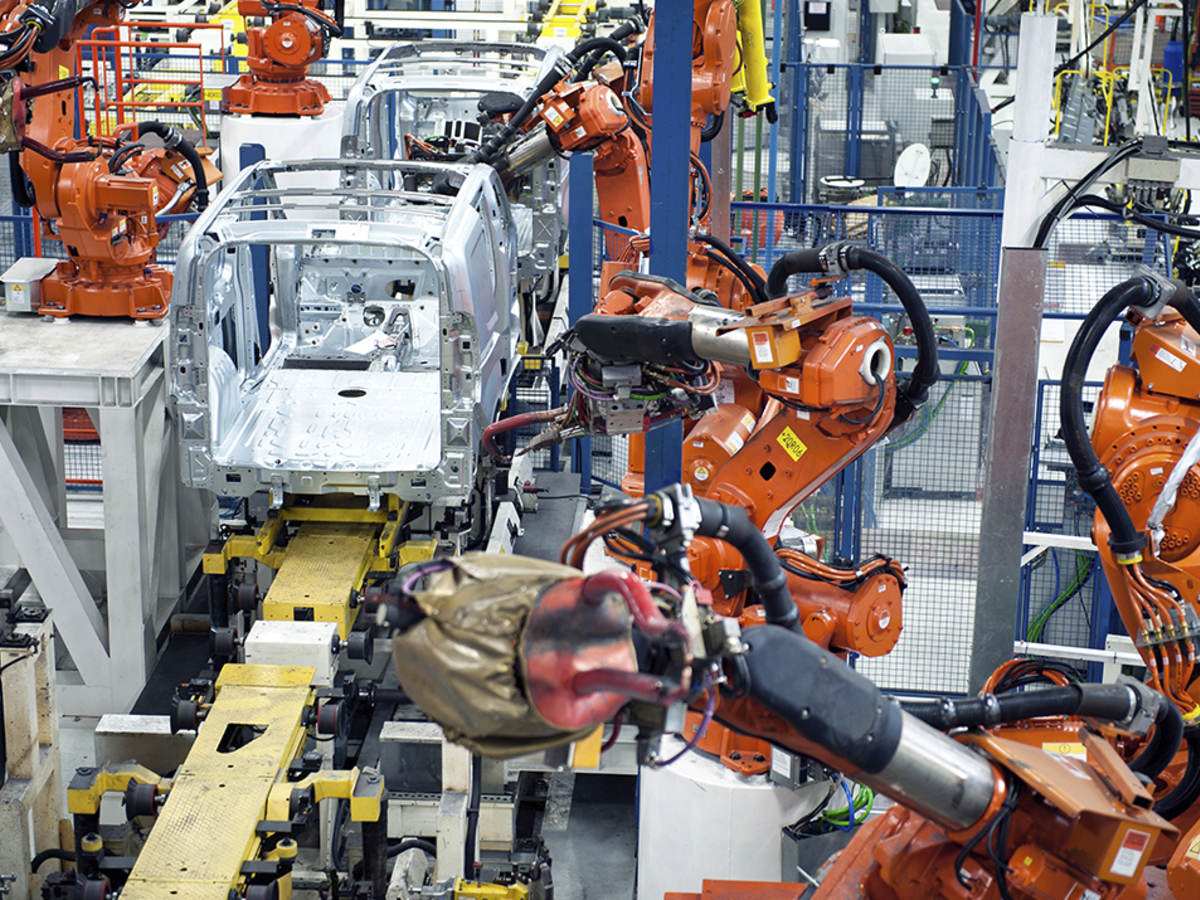Your globally recognized partner for navigating robotics standards and regulations
Robotic concepts have been around for hundreds of years, but only recently has the technology reached a point where the development of robots has become a reality. Shortly after the invention of the semiconductor-based transistor, the first industrial robots became a developmental milestone in factory production lines. During the second half of the 20th century, electronics became slighter but more powerful, helping robots become more widespread. The use of robotics in the industrial environment increased and later began branching out into other sectors, such as private households and commercial or medical settings.
The functionality of robots in the 21st century has evolved and become much more complex than the first robots bolted to the floor or confined to operate on a fixed track. In many newer applications, robots can even travel and interact freely with people by different ways. Robots now apply advanced technologies, including functional safety features, sensor fusion, artificial intelligence and machine learning which help ensure robots function safely in any given environment.
Robots now apply advanced technologies, including functional safety features, sensor fusion, artificial intelligence and machine learning. The need arose for standards to help ensure these robots' safe operation in various environments as they continue to find purpose in an ever-growing range of applications and environments. Required standards now include benchmarks for electrical and battery safety, energy storage and charging systems, robot mobility, collaboration and human interaction. UL Solutions, a global safety science leader, providing testing and certification to a wide range of standards applicable in various markets and industries, including robotics. UL Solutions safety science experts can help you bring your robotics to market safely, quickly and worldwide.
UL Solutions' service offerings
Service robots for consumer and commercial
Language experts point to the word “robot” as having originated in literature in the 1920s. Today, robots and robotic technology touch many aspects of our work and private lives. As robotic technology becomes more deeply ingrained in our day-to-day, it’s essential to ensure robots do not pose a threat to people or the environment.
UL Solutions safety science experts help manufacturers meet robotics safety standards requirements, including UL 3300, the Outline of Investigation (OOI) for Service, Communication, Information, Education and Entertainment (SCIEE) Robots. UL 3300 or similar outlines and standards prioritize the safe operation of robots in environments where people are present. Our experts help you understand, test and certify your robots to safety standards supporting this fundamental goal.
Medical robots
Robotics for use in the medical device marketplace exists in three different arenas. Surgical-assist for more complex surgical procedures (e.g., medical robotics could help a skilled surgeon operate on a patient while in a remote location); assistance in the rehabilitation, alleviation, compensation or assessment of injury or disease, and in the homes of patients requiring daily care.
Industrial robots
Robots have transformed the industrial landscape in the past century. Robotic technology protects workers from dangerous tasks and helps manufacturers improve production efficiency. We have been evaluating robotics applications since their debut on factory floors. As industrial robotics continue to gain popularity globally, we will continue to help ensure that they meet the applicable safety, reliability, and performance standards.
Get connected with our sales team
Thanks for your interest in our products and services. Let's collect some information so we can connect you with the right person.




